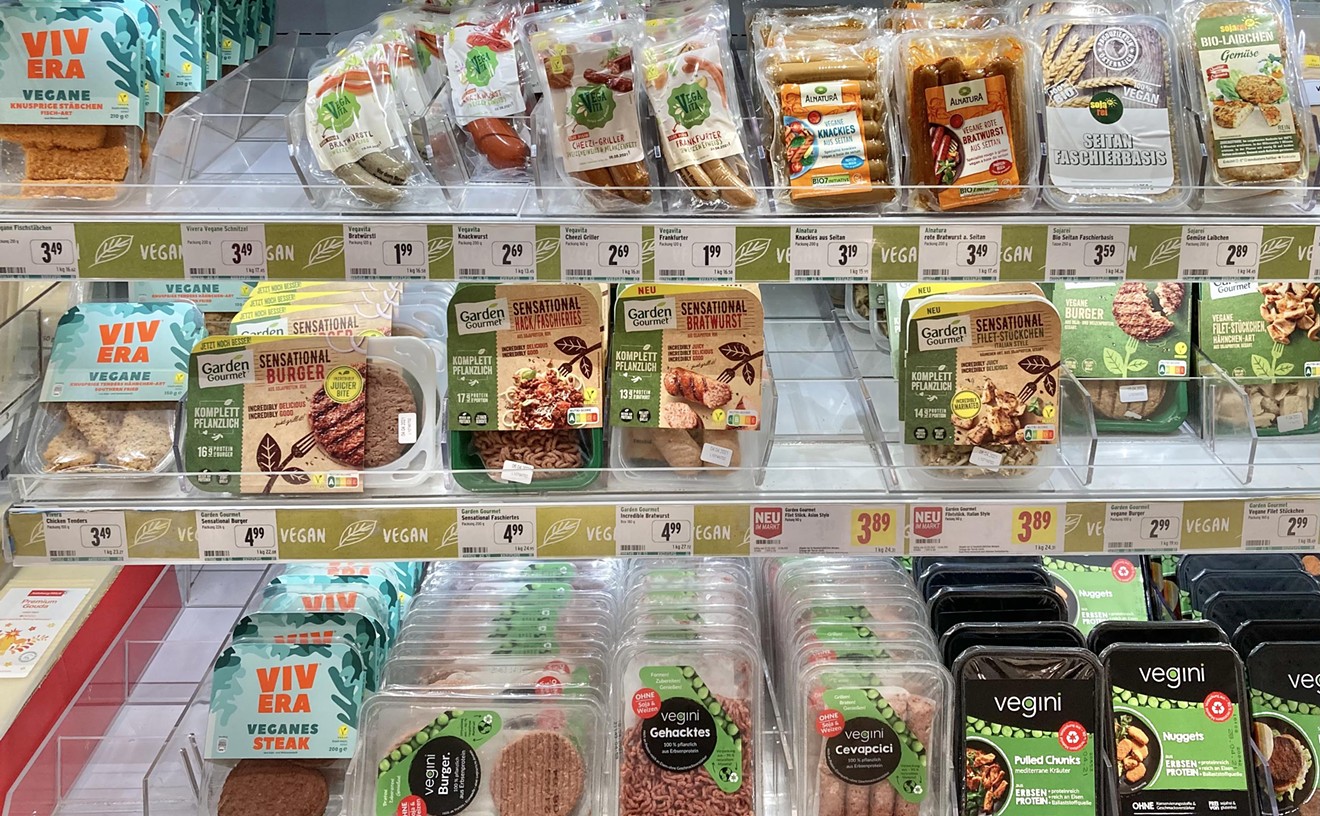Originally developed by Spanish settlers as an alternative to the brandies being imported from their homeland, Pisco has been produced in winemaking regions of Peru and Chile since the 16th century. The spirit -- which features the spicy complexity of tequila and the smoothness of vodka -- didn't gain popularity in the U.S. until the early 1900s, when the Gold Rush brought thousands to California. Because it was easier to ship Pisco north from Peru than it was to send whiskey overland from the East Coast, the spirit became the rage with California's new residents. The Pisco party was short-lived, however -- Prohibition stamped out Pisco's fire in 1920, and the drink has never been able to recover the esteem it once held.
But! A new entrant to the field, Pisco Portón, may change that. The spirit -- made at Hacienda La Caravedo in Ica, Peru, which is home to the oldest distillery in the Americas -- launched in the U.S. in 2011, but has only recently made its way into Arizona bars.
And we know where you can get it here in town.
El Chorro Lodge, located in Paradise Valley, recently picked up Porton for inclusion in its new spring cocktail menu.
"We did quite a bit of testing, and Pisco Porton tended to be the most smooth," says Peter Brown, manager at El Chorro. "A lot of the others had a grainy bite like cheap vodka. The flavors that came out of it seemed to be what we were looking for."
Piscos are divided into three main categories -- puro, acholado and mosto verde. A puro pisco is made from only one type of grape, while an acholado is made from a blend of varietals. Pisco Portón uses the mosto verde method, which means that our distillate is made from grape juice that has not completely fermented, allowing some of the natural grape to contribute extra flavor and aroma. While mosto verde piscos are usually recognized as the best, they're also the hardest to make and require an absurd amount of grapes. According to Pisco Porton, 15 pounds of grapes go into every bottle they make.
Although a lot of people aren't familiar with Pisco, Brown says that the warm season is a great time to try it out. "I like to classify it as, if people like tequila and rum, there's a good chance they'll like this," he says.










